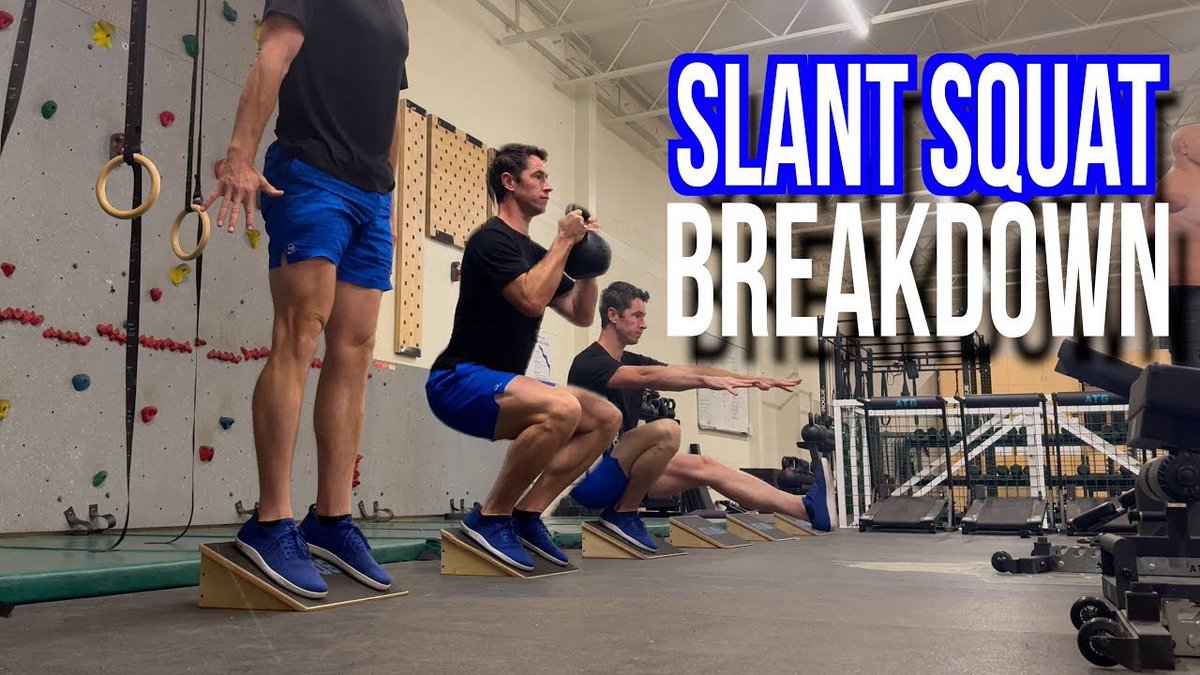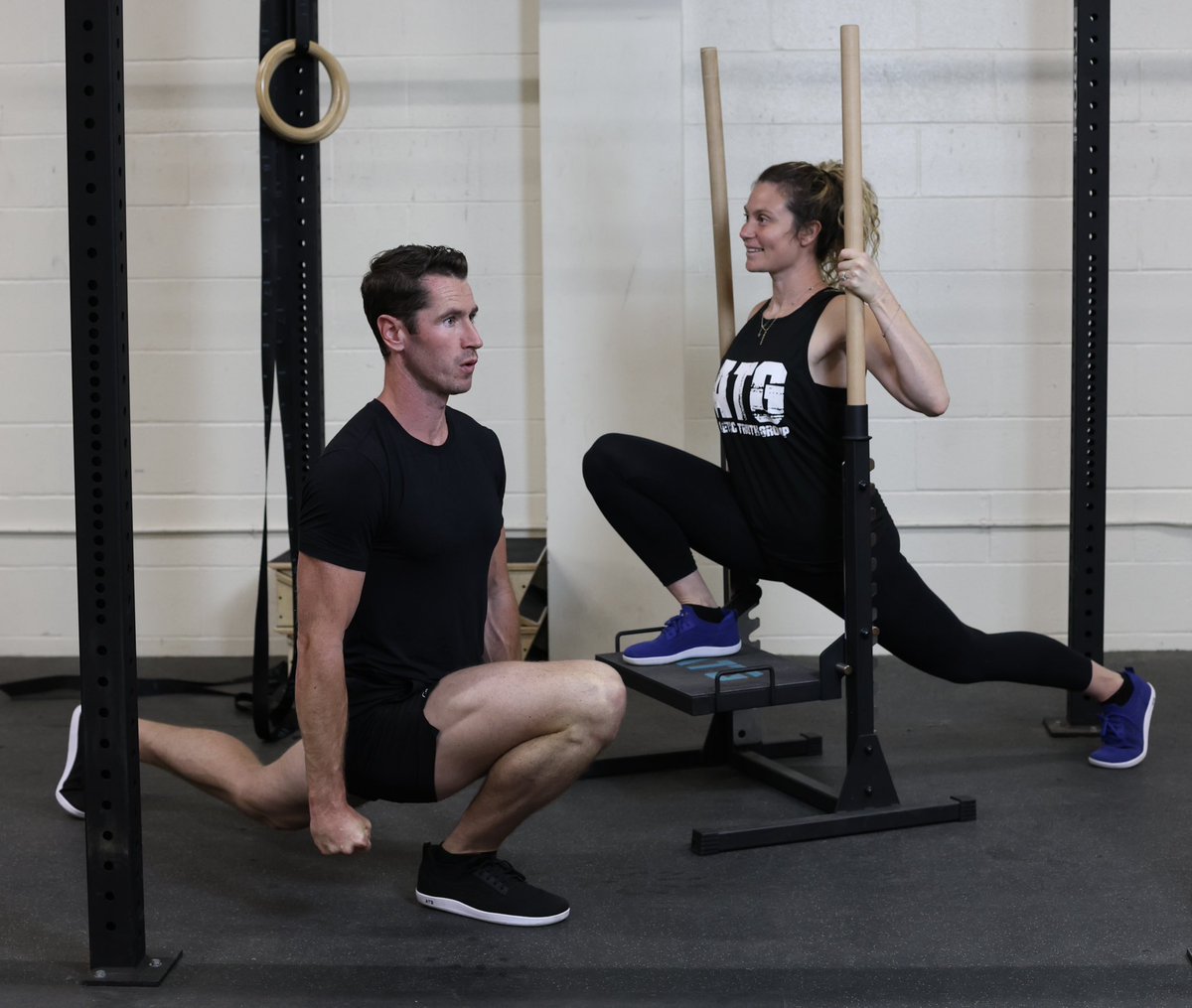
All my programs and equipment are on sale for the holidays! @atgusamade https://t.co/y61zp6agzX
14 subscribers
How to get URL link on X (Twitter) App


 2a/10. Risers, F45
2a/10. Risers, F45

 With large groups, full slant and holding a plate is a great way to start.
With large groups, full slant and holding a plate is a great way to start.



 I first like you to master 20 reps PAIN-FREE.
I first like you to master 20 reps PAIN-FREE.





 1/6. Seated deadlift allows me to start anyone with bodyweight alone, and then progress using whatever dumbbells feel good, with the INTENT to resist rounding the back, thus creating a stretch on the inner thighs, which are chronically tight in a non-deep-squatting society.
1/6. Seated deadlift allows me to start anyone with bodyweight alone, and then progress using whatever dumbbells feel good, with the INTENT to resist rounding the back, thus creating a stretch on the inner thighs, which are chronically tight in a non-deep-squatting society. 


